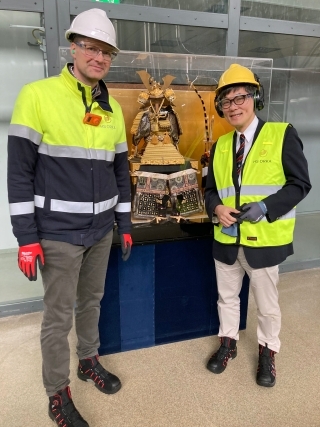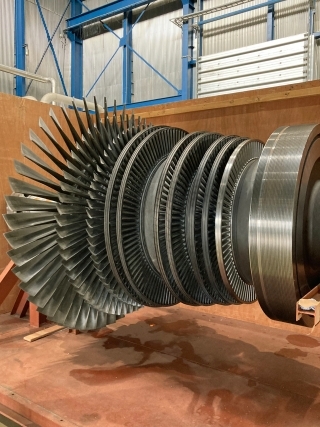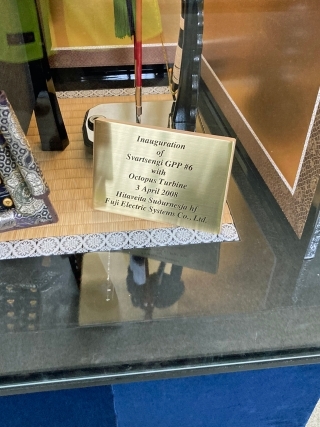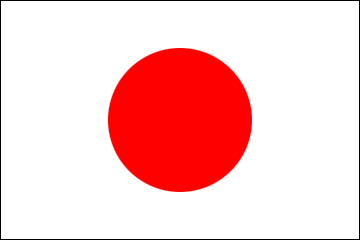From Ambassador (Behind the scenes at the Blue Lagoon)
2023/6/14



The Blue Lagoon, located about 40 minutes by car from Reykjavík and 15 minutes from Keflavík International Airport, is by now a well-known tourist destination. Many people have probably visited it.
However, I suspect that not many people have visited the Svartsengi geothermal power plant, the “behind-the-scenes” of the Blue Lagoon. In fact, the hot water used in the Blue Lagoon is emitted from this power plant.
Compared to the Hellisheiði geothermal power plant which I mentioned in my previous essay, the generation capacity of the Svartsengi geothermal power plant is smaller at 76.4 megawatts. It has a long history, dating back to 1976 when it was built. Originally, the production wells were drilled to supply hot water to the people in this peninsular region. When they were dug, however, the temperature of the hot water was too high, therefore they decided to use it to generate electricity.
The hot water from this site, which contains a high proportion of white silica, is separated from the hot steam used for power generation. Then the hot water is used to heat some of the fresh water taken from a different well to be supplied to the community and is finally disposed.
Normally, the disposed water would be absorbed into lava and eventually flow to the sea. However, due to the silica content, the water could not be absorbed properly, forming a huge puddle by the power plant. This is the origin of the Blue Lagoon.
Japanese turbines were installed at the Svartsengi geothermal power plant, too, and a samurai armor and helmet donated by the company that manufactured the turbines was proudly displayed on site.
Apart from the Blue Lagoon, geothermal energy is utilized for a variety of other purposes in the vicinity of the power plant. For example, there are a pilot plant which uses the carbon dioxide gas and electricity from the power plant to produce methanol, and a greenhouse where genetically modified barley is grown to produce a chemical ingredient called “growth factor”.
Furthermore, a fish farming as well as an abalone cultivation facility located in Grindavík, the nearby town, are also powered by geothermal energy. The Arctic char ground aquaculture facility mentioned before is also supplied with hot water and electricity from the power plant.
However, I suspect that not many people have visited the Svartsengi geothermal power plant, the “behind-the-scenes” of the Blue Lagoon. In fact, the hot water used in the Blue Lagoon is emitted from this power plant.
Compared to the Hellisheiði geothermal power plant which I mentioned in my previous essay, the generation capacity of the Svartsengi geothermal power plant is smaller at 76.4 megawatts. It has a long history, dating back to 1976 when it was built. Originally, the production wells were drilled to supply hot water to the people in this peninsular region. When they were dug, however, the temperature of the hot water was too high, therefore they decided to use it to generate electricity.
The hot water from this site, which contains a high proportion of white silica, is separated from the hot steam used for power generation. Then the hot water is used to heat some of the fresh water taken from a different well to be supplied to the community and is finally disposed.
Normally, the disposed water would be absorbed into lava and eventually flow to the sea. However, due to the silica content, the water could not be absorbed properly, forming a huge puddle by the power plant. This is the origin of the Blue Lagoon.
Japanese turbines were installed at the Svartsengi geothermal power plant, too, and a samurai armor and helmet donated by the company that manufactured the turbines was proudly displayed on site.
Apart from the Blue Lagoon, geothermal energy is utilized for a variety of other purposes in the vicinity of the power plant. For example, there are a pilot plant which uses the carbon dioxide gas and electricity from the power plant to produce methanol, and a greenhouse where genetically modified barley is grown to produce a chemical ingredient called “growth factor”.
Furthermore, a fish farming as well as an abalone cultivation facility located in Grindavík, the nearby town, are also powered by geothermal energy. The Arctic char ground aquaculture facility mentioned before is also supplied with hot water and electricity from the power plant.
